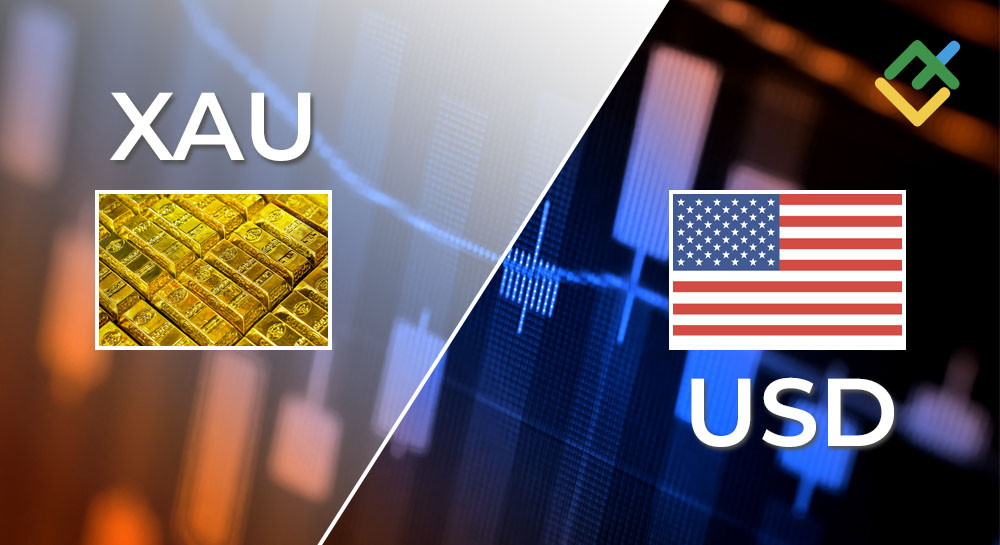Investing.com – The dollar has found its footing after bruising few weeks, but just as the bears sharpen their claws to take another swipe, some point to favorable fundamentals including the pricing of rate cuts that will provide the greenback with plenty of fight.
The dollar has “clearly has suffered since July began,” Macquarie said, as traders shifted their expectations toward Fed rate cuts starting in Q3 rather than Q4, but “we’re doubtful that a weak USD will continue broadly into the end of 2024.”
While expectations for three Fed rate cuts – in September, November, December, have driven the bulk of the pressure, Macquarie adds, the rate cuts are “now fully priced into the OIS yields,” indicating limited pain for the greenback.
The greenback is also likely to benefit from the downfall of its FX rivals including the euro at a time when the euro area has seen much softer inflation and growth that will force the ECB to resume rate cuts in September, keeping a lid on the euro.
“The ECB is still likely, by the end of the year, to have eased by no less than the Fed in 2024, and to continue into 2025, allowing EUR/USD to converge to 1.05 by mid-2025,” Macquarie said.
The fundamentals, meanwhile, also bode well for the greenback and is expected, in the coming weeks, to show that falling inflation expectations will reach its limits by late 2024, reining in expectations for the Fed to adopt an aggressive easing cycle.
The political front may also prove a source of strength for the dollar, Macquarie argues, as markets may soon begin to realize that a “Trump policy agenda will be associated with inflation, not disinflation.”
In the wake of the assassination attempt on Trump, and ongoing infighting among Democrats, the “political backdrop has changed sufficiently in the past two weeks … to offer a reasonably deduced projection of Trump’s victory in November,” Macquarie said.
As the November election draws closer, Macquarie expects traders to increasingly focus on Trump’s policy implications including restricted immigration, tariffs, de-globalization, and a more expansive fiscal policy in the US that is likely to be prop up inflation.
“These are all things that can help the USD reassert its fundamental strengths,” Macquarie added.
This post is originally published on INVESTING.



